When talking to any muscle car fan, there is one name that always strikes fear among others. Ever since
the creation of the Mustang, the name “GT500” has been a death bell for many grudge match races since
the GT500 has always beaten others. The iconic cobra badging on the side, the intimidating roar of the
exhaust, and the overall appearance of the car have always been a terrifying combo at the drag strip and
the race track. These cars have built a massive following because of their raw performance, and Ford has
never let them go soft in any way. After a nearly 50 year hiatus, the GT500 name returned to the Mustang in the form of the S197 GT500 in
2007. The return of the flagship Mustang did not disappoint either; with a supercharged 5.4 liter V8 and
500 horsepower, the manual-only Shelby GT500 quickly established that it was still the top dog. As each
generation evolved, Ford reached a peak in 2013 when they created their now-legendary Trinity V8. This
was the most powerful V8 Ford had ever put into any roadgoing vehicle, including the 2004 Ford GT40
supercar which had 550 horsepower. The supercharged 5.8 liter V8 cranked out a monstrous 662 horsepower
and set the standard for all American performance for another five years. When the GT500 returned in 2020, Ford was not playing any games. In its absence, both Chevy and Dodge had
released their weapons in the forms of the Challenger Demon and Camaro ZL1 1LE. With those cars covering
the drag strip and the race track, the new
GT500 chose to fight both. With a 5.2-liter supercharged
motor dubbed “Predator,” the GT500 became the most advanced Mustang ever, fitted with a lightning-quick
dual-clutch gearbox, carbon fiber wheels and wing, and a massive 760 horsepower output, the GT500 made
its rivals understand why the motor is named Predator. However, many people still pick the 2013-2014
GT500 for various reasons, so the question must be asked: which GT500 is the real king of the cobra
badge?
Exterior
Interior
Engine
Suspension
Preference
The S197 GT500 was the last of the solid rear axle Mustangs and as a result one of the last muscle
car-based Shelby cars. These used the final generation of the S197 design which was modern but not
straying from its pony car heritage. The larger body, flat sides and rear, and larger and more
aggressive hood all screamed “Muscle”. Ford’s design team went all out on the last S197 cars, making
them reminiscent of the late 60s and very early 70’s era Mustang fastback coupes. While the early S197 Mustangs were mostly flat panels, the final ones like the 2013 and 2014 GT500 were
stylized and have unmistakable Mustang designs. The high and vented hood, far-back cabin and short
overhangs, and muscular widened rear haunches combine to make a seriously imposing car. Combined with
the rear wing jutting out from the car, the final GT500s from this generation were some of the meanest
looking cars available. With the S550 generation GT500, Ford
decided to take the already impressive performance of the GT500 and
sharpen it into an even more precise weapon on the race track. The more flowing and sporty design of the
S550 lends itself well to the supercar treatment, and even before the GT500 had debuted the car had
already made a name for itself on the race track. Fitted with a large rear wing and incredibly aggressive front end, the GT500 looks more pissed off than
the previous generation. The body lines flow more smoothly on the S550 than any prior Mustang, and the
raked-back design lends itself well to the track specialization when paired with the Track Package
carbon fiber wing. The rear end of the S550 GT500 also features a new diffuser to help improve airflow
even further, keeping it planted around corners at high speeds. Ford did well to keep the GT500 similar to the GT in 2014, fitting the car with similar seats to the
Premium package as well as keeping the screens, gauges, and other trim pieces. While they do receive a
different shifter and a much better-bolstered wheel with Alcantara, much of the car stayed the same as
the GT which to many people shows that the car is truly the next step in performance over the GT. The
changes made are tastefully done and tie the car together as a serious performance car alone. These cars featured a 6-speed manual as the only transmission option, building into its reputation as a
dedicated performance vehicle. Using a Tremec TR-6060, the GT500 did not have the same issues as the
non-supercharged Mustangs did with their transmissions and were solid through The gearbox allowed
drivers to feel fully connected to their car as they drove it hard around
corners and down the drag strip. In the S550-generation GT500, Ford went a similar way about their upgrades to the interior over the GT
but turned it up dramatically. The GT500 receives a flat-bottom steering wheel, Recaro seats similar to
the ones found in the GT350 and GT350R, and a new transmission setup for the model-specific dual-clutch
gearbox. Many features do stay the same as the GT and the Mach 1 though such as the sound system,
customizable gauges, and in the Mach 1 and GT500 the rear seat delete option. The new GT500 does its
best to differentiate from the others in the Mustang lineup save for the GT350 and GT350R. The new shifter is an unfortunate departure from the manual shifter in every previous GT500 and even from
other S550s. The GT500 features a rotary shifter paired with the new dual-clutch gearbox in the car.
While it may not be a three-pedal car, the dual-clutch is lightning quick, cracking between gears in
0.08 seconds - faster than any manual car can be shifted. The 2013-2014 Mustang Shelby GT500 was praised for many things: the looks were aggressive, the sound was
immense, and the top speed of nearly 200 miles per hour. However, the best part of the car was the
engine of the beast - a massive 5.8L supercharged V8 to the tune of 662 horsepower paired to a
manual-only transmission. The engine, dubbed the Trinity, is American muscle at its finest with the
aggressive exhaust tone it produced, the savagely quick acceleration (0-60 in 4 seconds), and the
all-around imposing nature of the car. Today, these cars still intimidate many drivers because of the
rough and raw experience of these cars, thanks to their solid rear axle suspension and their six-speed
manual gearbox. This engine ensured that the final GT500s from the S197 body style would be 100% muscle
car, as opposed to moving towards a track car or sports car. The GT500 from the S550 generation picked up where the S197 left off and moved into the supercar and
track car market. The entire car was geared towards speed and handling, as made obvious by installing
the dual-clutch transmission and independent rear suspension. However, the heart of the car still lies
with the motor - a supercharged 5.2 liter V8 named Predator which has been given the title of “the most
powerful production engine Ford has ever made”. At 760 horsepower, the GT500 can accelerate from 0 to 60
miles per hour in 3.3 seconds to an electronically limited top speed of 180 miles per hour. With the
Track package, the GT500 can make full use of its horsepower too as it sticks in corners better than any
previous Mustang could. The new GT500 throws away the book from the previous model. Full independent rear suspension, MagneRide
shocks, and a dual-clutch transmission all crank the GT500 name up higher than ever before. In addition
to the 760 horsepower engine under the hood, the GT500 has moved its way into supercar territory in
terms of performance. The biggest change other than the transmission is the independent rear suspension
which allows the wheels to adjust more rapidly than any Mustang before. Paired with MagneRide, the
suspension setup in the new GT500 is more similar to brands like Ferrari than it is to Ford. This suspension setup is one of the most advanced combinations in the industry, especially at the
sub-$75,000 entry price. This suspension, while more involved, is able to meter our exactly what
pressure and performance is needed in fractions of a second, making it more nimble and surefooted around
bends at high speed. While it is less predictable just by the feel alone, it is still easier to drive
and to control thanks to the MagneRide system and adaptable independent rear suspension. These two cars couldn’t be more different in terms of suspension if they tried to be. The 2013-2014 GT500
was old-school technology at its finest whereas the 2020-present GT500 is modern and advanced, and both
cars make it part of their identities. The 2013-2014 GT500 is the last of the solid rear axle Mustangs
and was designed to go out with a bang in the best way possible. The older-style suspension suits these
cars since they focused heavily on being a muscle car before anything else. The supercharged V8,
manual-only, classically-designed 2013-2014 GT500 was the last of the muscle car generations. The solid rear axle design gave the car the same feeling as many older muscle cars. This suspension setup
is less advanced, but is a proven design that is durable and still very capable on the road course when
modified properly. These setups are also much more reliable as there are fewer moving parts, and
therefore less parts that can cause problems. With higher performance springs than the ones found even
on the Boss 302, the GT500 handles incredibly well while being designed to be as thrilling as possible.
These cars handle, predictably, like a muscle car, but the car communicates with the driver more than
most modern cars and can be a serious driver’s weapon on a road course as a result. These two cars are both immensely impressive in their own rite, bringing huge horsepower, performance,
and value to the table when considering them over each other. The two cars themselves though are
completely different. If you prefer to drive on the race track as fast as possible without worrying
about if your car will corner smoothly, you will prefer the S550 Mustang with its advanced technology
and track-based design. While you may not have a stick shift to row your gears, this GT500 is the most
advanced and most performance-oriented Mustang ever built. The additional Track Package on these cars
improves handling with the full aerodynamic treatment, thanks to the massive rear wing. If you want to
make the most of your vehicle’s performance on the track while still having something daily drivable,
the newer GT500 is the best option. If you like more old-school muscle, then the 2013-2014 GT500 is one of the best modern vehicles you could
ever buy. With the massive V8, manual-only gearbox, and solid rear axle, these GT500s are the last of
the classic Mustang setup. It may not be the fastest around the race track or the most technologically
advanced vehicle, but that is exactly what some of us enjoy. It takes more skill to drive one of these
quickly, but when it is driven properly it is massively rewarding. For the technical and mechanical
driver, the older GT500 is one of the best modern muscle cars on the market and for the money, there is
no other car that can compete with it. Image Credit: Autoblog, MotorTrend, BringATrailer Solid Rear Axle vs Independent Rear Suspension S197 Mustang: Everything You Need To Know S197 Mustang Engine GuideSnake Bitten: 2013-2014 GT500 vs. 2020-2022 GT500
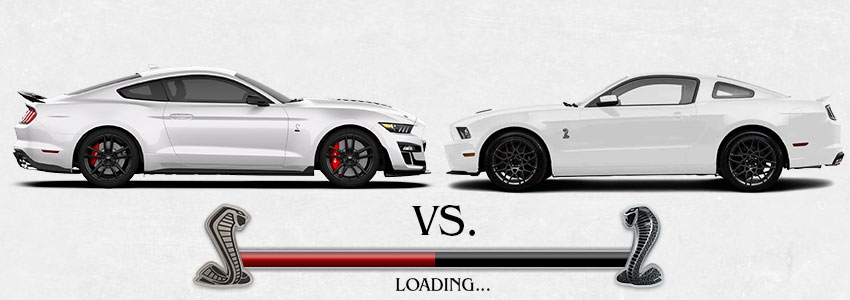
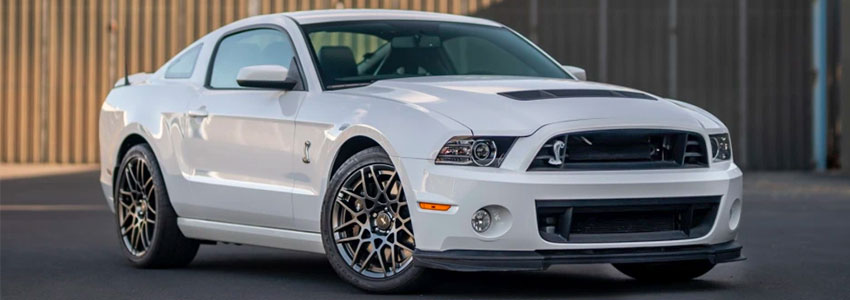
2013-2014 GT500 vs. 2020-2022 GT500: Exterior
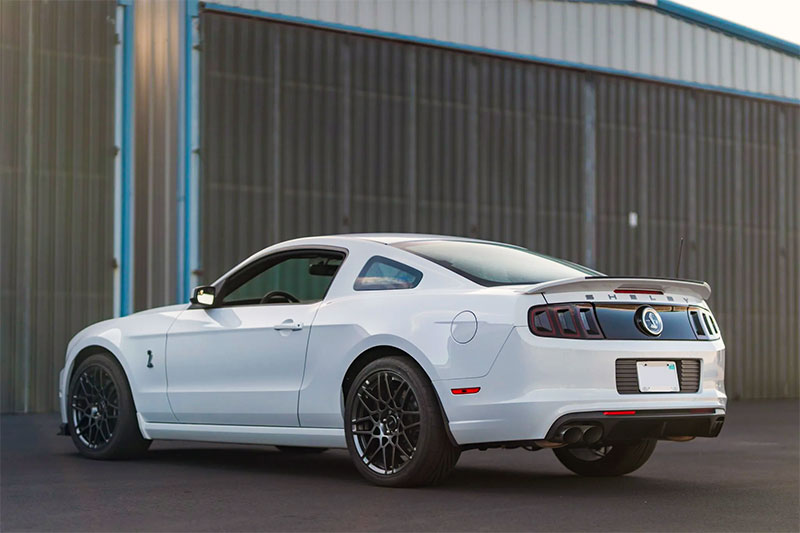
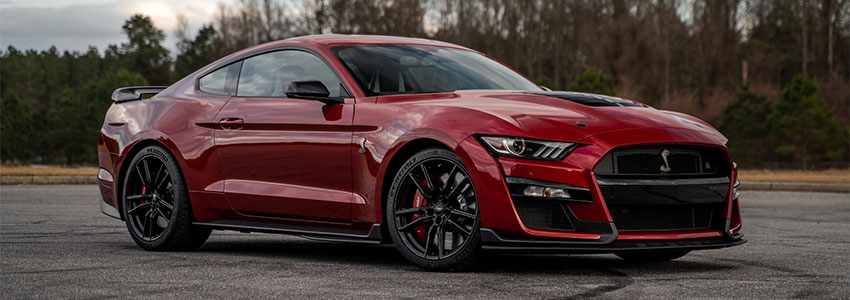
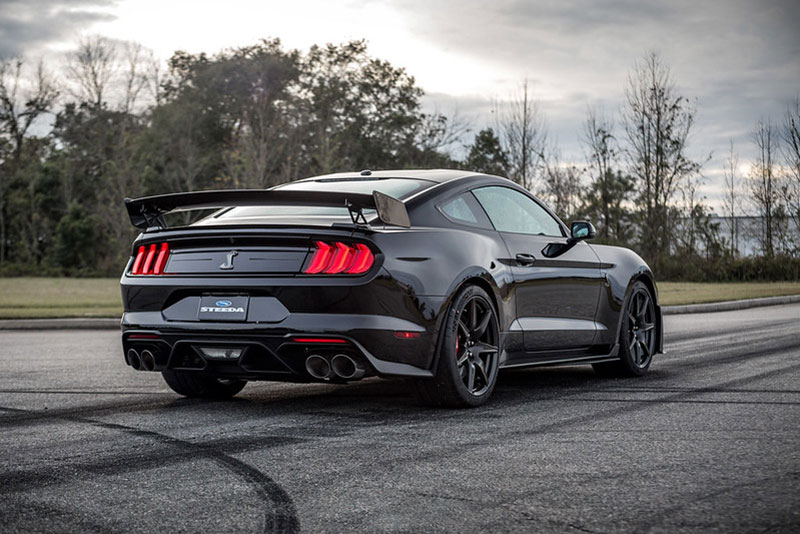
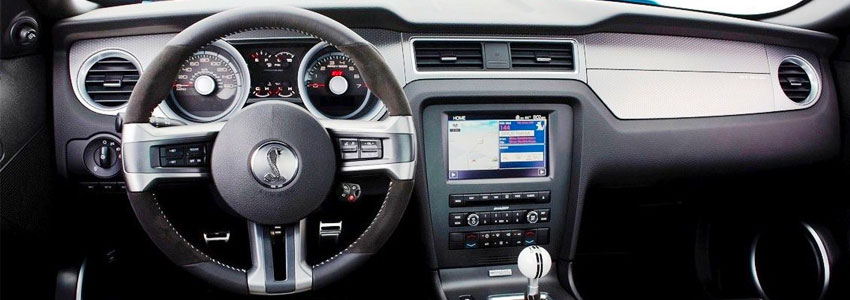
2013-2014 GT500 vs 2020-2022 GT500: Interior

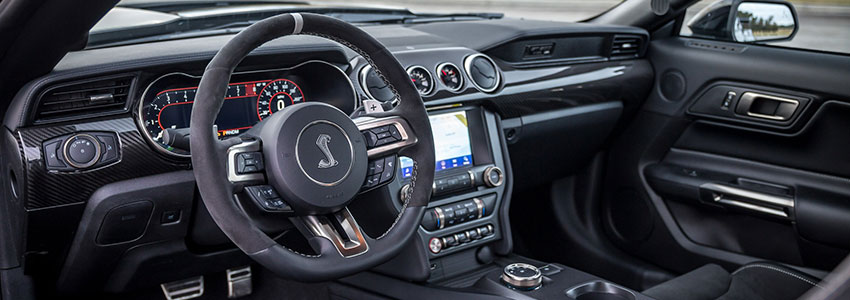
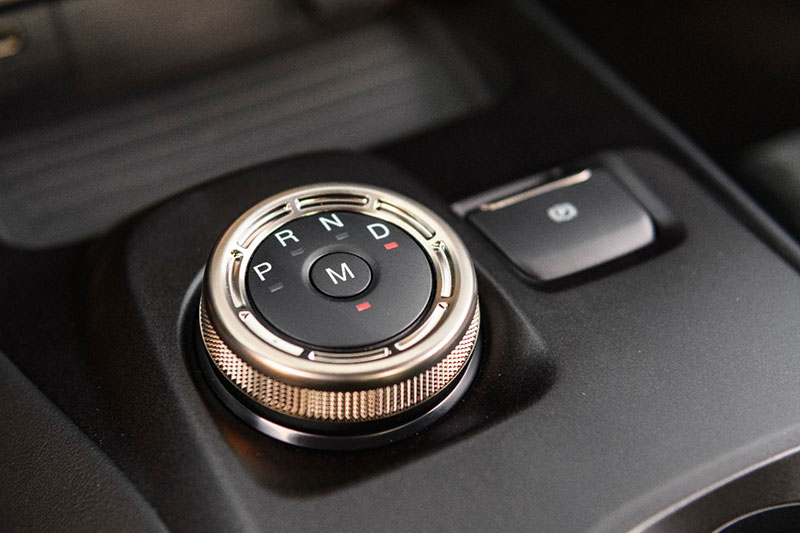
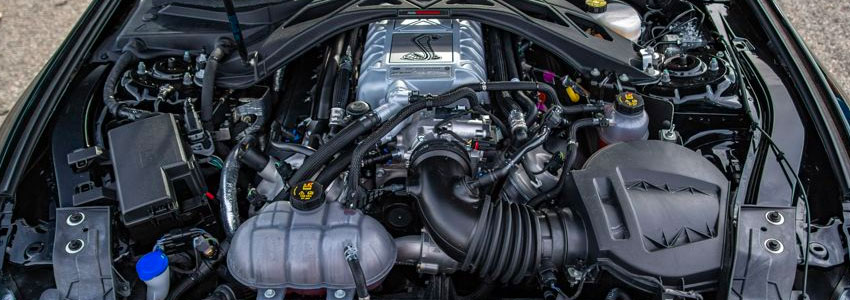
2013-2014 GT500 vs 2020-2022 GT500: Engine
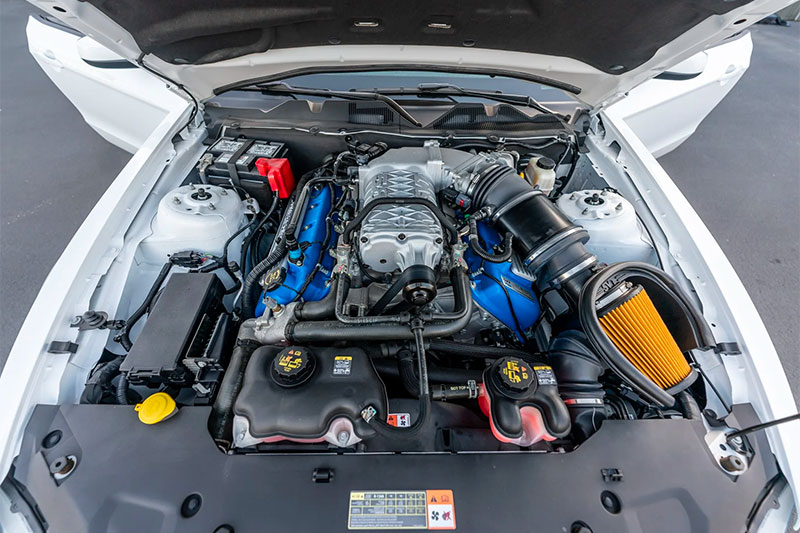
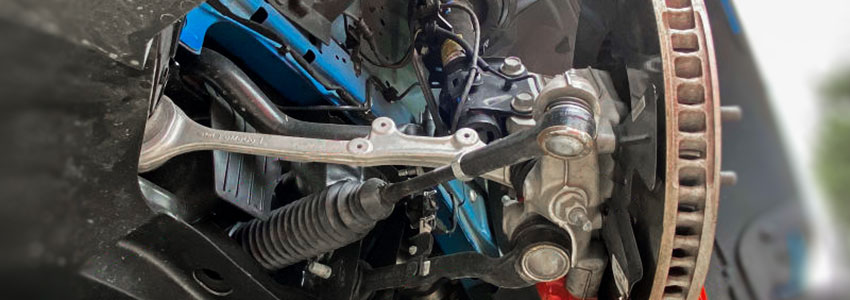
2013-2014 GT500 vs 2020-2022 GT500: Suspension
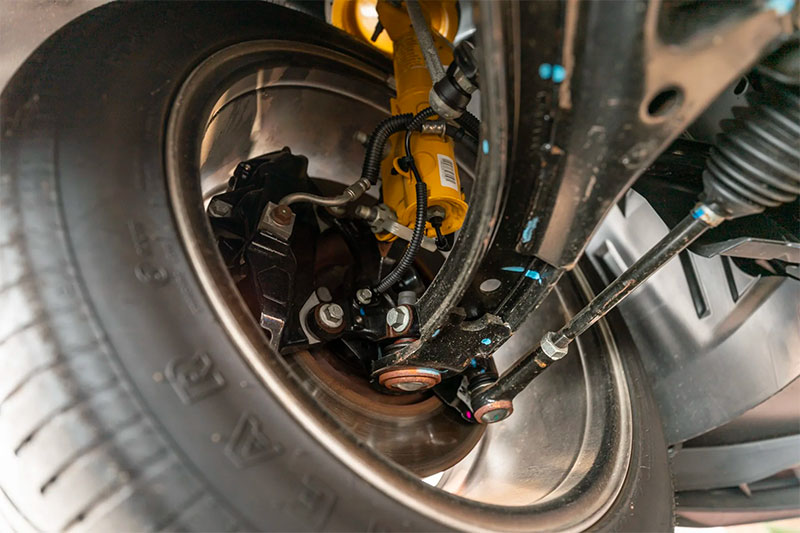
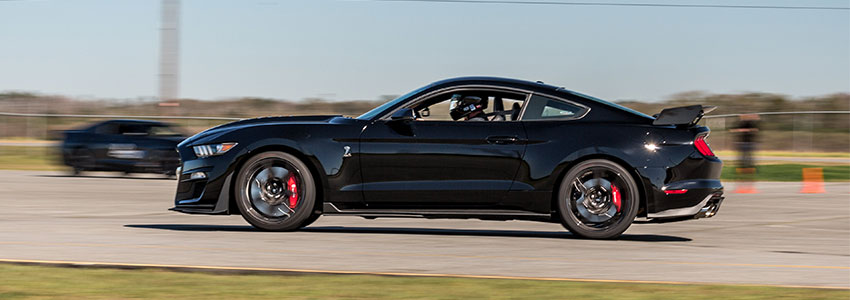
2013-2014 GT500 vs 2020-2022 GT500: Verdict
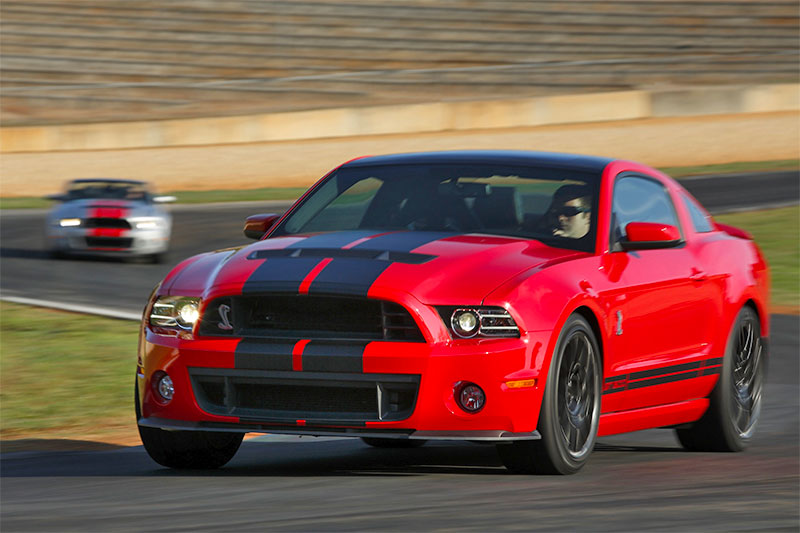
Related Articles




